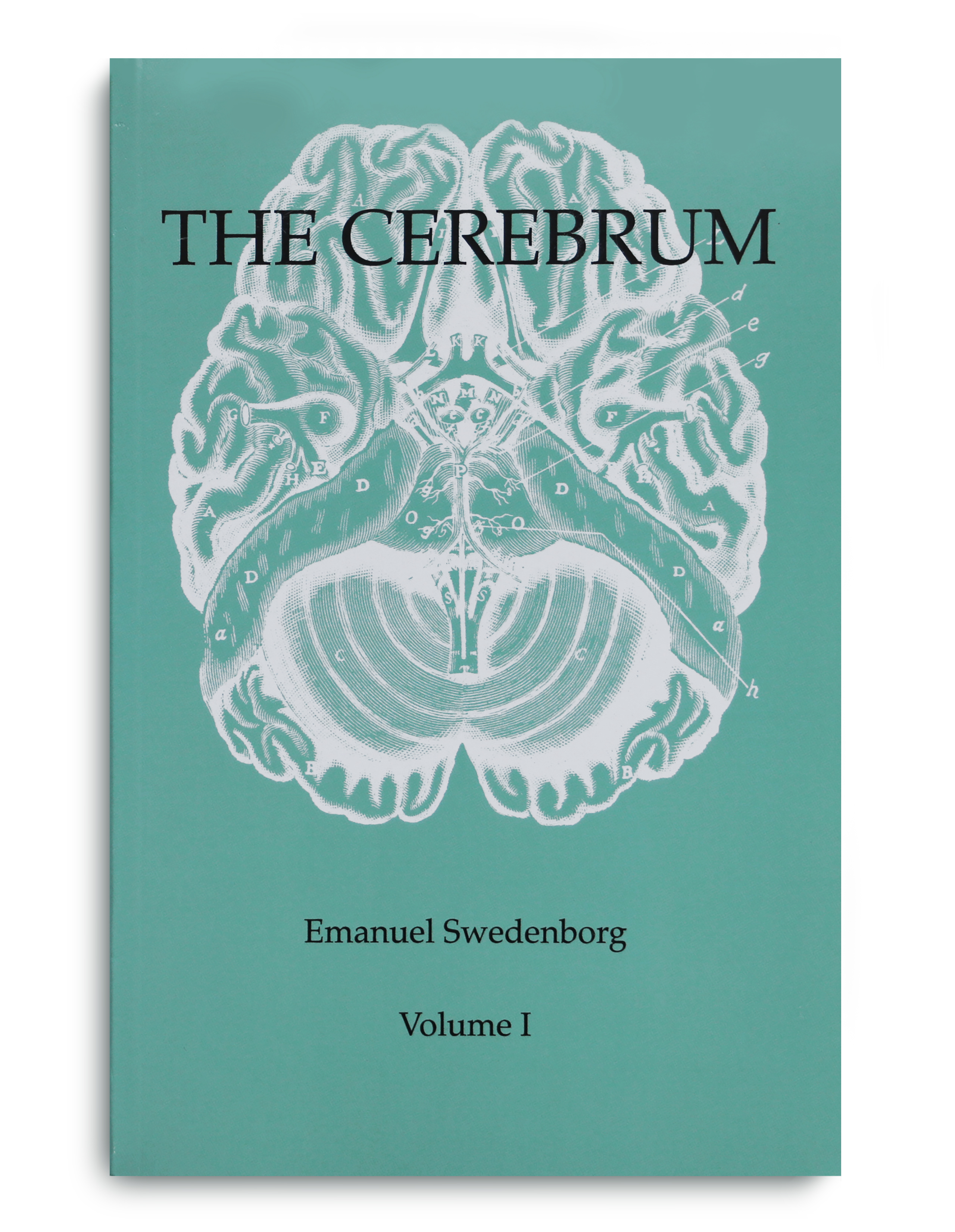Description
At the age of forty-eight, after years of self-study in human anatomy and physiology, Emanuel Swedenborg travelled to Paris in 1736 for formal studies in the School of Chirurgery and Dissection. After two years there, he went to Venice to write a comprehensive study of the human brain, with a clear interest in localizing its interaction with the soul.
Called the ‘Venice Manuscript’ by scholars of Swedenborg’s science, this work of 1738, which Swedenborg left unpublished, is a seminal study in many ways. His first of two major works on the brain, this book serves to illustrate the power of induction, or reasoning from specifics to general scientific principles, at which Swedenborg excelled. It is here that he describes the animation, or intrinsic motion of the brain, and the predictable motion of its membranes and the cranial bones secondary to it. In other sections Swedenborg proposes an ingenious interpretation of endocrine neurophysiology and the central role of the cerebral cortex in motor function.
First published as The Cerebrum by the Swedenborg Scientific Association in 1938 and 1940, this translation by Alfred Acton stands as a monument to the scientific foundations of Swedenborg’s uniquely rational approach to reality, across the spectrum from natural philosophy to metaphysics. The Cerebrum was reprinted in 1976 in two volumes; it is this edition that is reprinted here.
The second volume includes 88 pages of anatomical plates copied from various authorites of Swedenborg’s time, and offers an interesting insight into the state of anatomical knowledge of that time.






Reviews
There are no reviews yet.